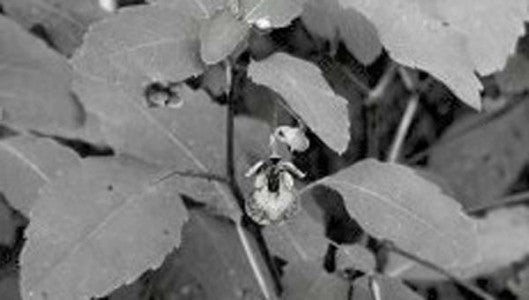Jewell Weed…old time cure for poison ivy
Published 10:09 pm Tuesday, May 26, 2015

Lots of calamine lotion, cold compresses, antihistamines and oral prednisone or other type of corticosteroid are the modern day treatments for allergic reactions to poison ivy, oak and sumac.
In the not too distant past, Nature provided the best cure for any rash, itch and blister caused by contact with the oil that oozes from the dark green, tri-foil leaves of these ubiquitous ground covers or tree climbers and the tall stalks of umbrella-style fronds with red berry clusters.
The natural and readily available cure for this common summer ailment is another plant called the Jewell Weed. For those who like to forage for their own medicinal plants, and don’t mind doing the work needed to prepare them, the Jewell Weed prefers to grow in shady spots where there is moist, sandy and well drained soil.
It is most commonly found growing in lowlands, wetlands and bogs adjacent to streams, ponds and lakes, very often growing alongside patches of poison oak itself!
The Jewell Weed grows as a smooth stemmed, annual flower in large patches, up to a height of three to five feet. It has oval, green leaves with serrated edges, with the lower ones placed opposite of each other on the stem, and upper ones placed alternate of each other on the stem.
The plant produces very distinctive, funnel shaped, three-petal flowers, suspended from a single stem. The flowers have orange petals and yellow funnels with red spots on them.
If you have brushed against poison oak or ivy in the wild and need immediate attention to prevent itching or a rash, wash the area immediately with water, even if you don’t have soap. Then harvest the Jewell Weed (best to do so prior to its flowering) and isolate the stem so that the leaves can be crushed and the pressed out juice can be applied to the affected area.
If you are in a campsite or cabin where you are doing your own cooking, make a poultice of the pressed out juice with a bit of flour and spread onto the affected area.
At home, you can cultivate the Jewell Weed in flower beds or gardens if you place it in locations which provide either full or partial sunlight, in rich, moist or wet soil. Water at least once a week and more often in periods of drought.
If you come in contact with poison ivy, oak or sumac this summer, apply the pressed out juice of Jewell Weed leaves if you don’t have calamine lotion or antihistamines handy. You might be surprised how effectively it rids you of the resulting rash.





